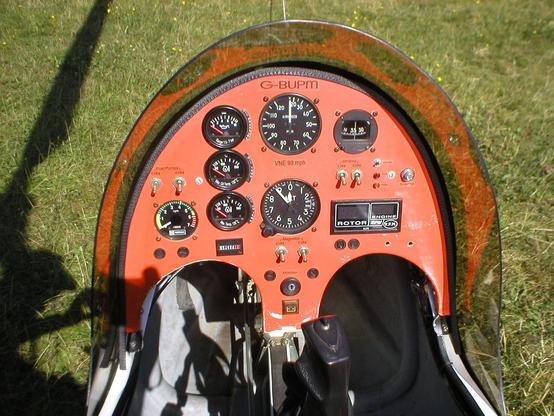If anyone who actually knows their way around #Unity wants to give this a go, know that I'm a noob and may have missed some prerequisites so YMMV (I'll edit this post on Mastodon if necessary)... but here's how I installed everything on Linux Mint 22. You'll need to begin with downloading two things:
• vrc-get (https://github.com/vrc-get/vrc-get/releases/tag/v1.9.0)
• ALCOM (https://github.com/vrc-get/vrc-get/releases/tag/gui-v1.1.0)
vrc-get replaces the official vpm commandline tool. I used the x86_64-unknown-linux-musl-vrc-get package from the release linked above. It's a single executable file; simply download it from their GitHub, rename it to "vrc-get", and drop it into a folder that is in your system path. I chose /usr/local/bin/.
Then download and install ALCOM, which combines the functionality of VCC and the VPM GUI.. Mint is a Debian-based distro so I used the alcom_1.1.0_amd64.deb package but there are RPMs for Red Hat/Fedora-based systems as well as an AppImage if you prefer/need that.
Next I installed Unity Hub following the Linux instructions for Debian/Ubuntu on https://docs.unity3d.com/hub/manual/InstallHub.html. There are also Red Hat/Fedora instructions too, though you may need to substitute "dnf" for "yum".
If you don't have a Unity account, create one on unity.com, then launch the Unity Hub app and log in. Allow Unity to download the Unity Editor.
Finally, launch ALCOM and complete the first time setup wizard. Watch the bottom right corner of the wizard - if there are no errors, you've done everything right! Additionally, if prompted, enable the "Use ALCOM for vcc: URL Scheme" checkbox to allow you to easily add VCC repos from your web browser.
At this point, if I understand correctly, everything is installed and it should work just like the official VRChat Creator Companion! Let me know if this works for you!
